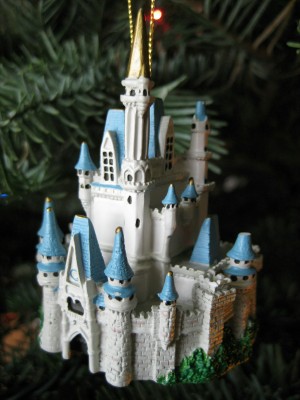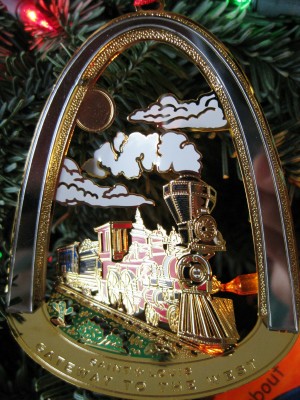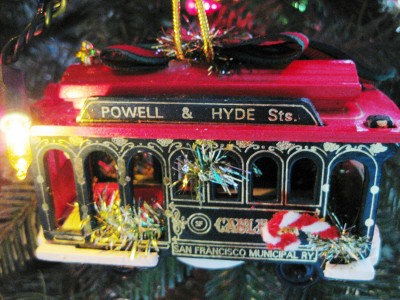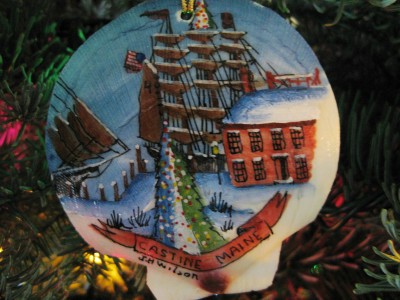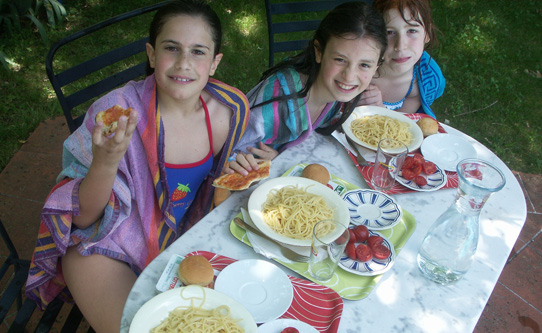Our family trip to Oslo was in the month of March, with snow everywhere and downtown ice skating, but this Norwegian capital city is a great destination year-round. The Olympic venues in Lillehammer aren’t too far away, either.
Norway isn’t exactly a top American tourist destination, so the country is a mystery to many beyond pictures of fjords, skater Sonja Henie, the obscure Edvard Grieg biopic “Song of Norway” and the dark plays of native son Henrik Ibsen.
A typical complaint about Norway is the expense, especially any sort of alcohol at restaurants. When I worked at a NATO headquarters, most of my Norwegian colleagues recommended slamming down a few from a bottle kept in your hotel room. With children in tow, getting blotto before dinner didn’t seem like such a great idea, but I appreciated their input.
The entire trip was planned with the Internet and a few phone calls. Most Norwegians speak English, and the well-designed tourist Web site Visit Norway is simple to use.
To get there from our home in the Netherlands, we flew Ireland-based Ryanair from their euphemistically-named Frankfurt Hahn airport (actually 110 kilometers west of Frankfurt) to the also euphemistically-named Oslo Torp airport, which is quite a bit south of Oslo and requires a two-hour bus ride to take you to the center of the city. This use of outlying airfields helps to keep Ryanair fares ridiculously low, but the downside is dealing with “planes, trains and automobiles” transportation hassles at airports in the middle of nowhere.
After we arrived at Torp and admired the huge piles of snow all around, the Torp Express bus met us and our fellow passengers right outside the terminal. The ride to Oslo was comfortable, with the exception of a frozen onboard toilet. A quick cab ride from the city bus/train terminal brought us at last to the hotel.
For lodging we took advantage of the tourist board’s Oslo Package that included a hotel, breakfast buffet and Family Oslo Pass. We chose the Best Western Bondeheimen, very well located in central Oslo. The breakfast was typically Norwegian, meaning quite generous, with plenty of variety to please picky eaters. I was the only one in my family to develop a taste for pickled herring in tomato sauce; my daughter wrinkled her nose to express displeasure with Mom’s morning fish breath.
Also beware the tubs of brunost, traditional Norwegian sweet soft brown cheese. It tastes good, but it looks just like peanut butter, so check before you load your bread. As usual in Europe, each morning we found it wonderfully difficult to get a bad cup of coffee.
Oslo is a compact, pedestrian-friendly city of only half a million. It is small by the standards of European capitals, but its location at the head of a fjord, surrounded by hills and trees, gives it a close-to-nature feel. For tourist sightseeing, the Oslo Pass is a terrific deal in what can be an admittedly expensive country — it gives you free admission to numerous family-friendly museums, free use of city transportation plus discounts on local attractions and restaurants.
After our breakfast we hopped aboard a city bus to the Bygdoy Peninsula, where many of the museums are clustered. From April to October, a scenic ferry runs across the Oslo Fjord from the city center to the peninsula, but the winter bus was fine. We spent a lot of time at the Norsk Folkemuseum, a large open-air cultural complex with representative buildings from all over Norway, including a lovely wooden stave church. There were plenty of activities such as folk music performers and handicraft demonstrations (the kids spent time watching a bread maker and potter) and I thought the buildings looked most appropriate with lots of snow mounded high on their roofs.
%20Best%20for%20Web.jpg) Another winner was the Kon-Tiki Museum, housing anthropologist explorer Thor Heyerdahl’s original balsa wood raft that he and his crew sailed 4,300 miles across the Pacific in 1947.
Another winner was the Kon-Tiki Museum, housing anthropologist explorer Thor Heyerdahl’s original balsa wood raft that he and his crew sailed 4,300 miles across the Pacific in 1947.
A good way to prepare older kids is to have them read Heyerdahl’s book about the voyage, which he made in order to prove that the ancient ancestors of South Pacific islanders could have come from South America on rafts, using the prevailing trade winds. It is also well worthwhile to show your budding explorers the superb Academy Award-winning 1950 movie “Kon-Tiki,” shot onboard during the astonishing journey.
We enjoyed just walking around the city; I wouldn’t call it particularly quaint or architecturally striking, but I liked the nice, laid-back atmosphere. I loved watching the skaters at the central outdoor rink near our hotel (no skates to rent though; the locals must think it ridiculous that anyone wouldn’t own a personal pair of skates.)
We could even have seen some Tennessee Williams at the National Theatre, where “A Streetcar Named Desire” was playing. It would have been a hoot to hear Blanche speaking Norwegian with an American Southern accent.
%20Best%20for%20Web.jpg)
